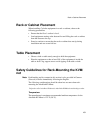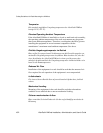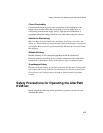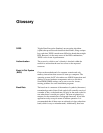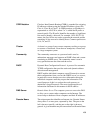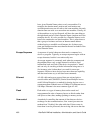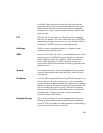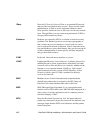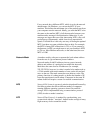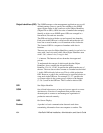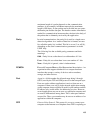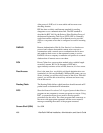459
CIDR Notation Classless Inter Domain Routing (CIDR) is a method for assigning
IP addresses without using the standard IP address classes like
Class A, Class B or Class C. In CIDR notation, an IP address is
represented as A.B.C.D /n, where "/n" is called the IP prefix or
network prefix. The IP prefix identifies the number of significant
bits used to identify a network. For example, 192.9.205.22 /18
means, the first 18 bits are used to represent the network and the
remaining 14 bits are used to identify hosts. Common prefixes are
8, 16, 24, and 32.
Cluster A cluster is a group of one or more computers working as a group
to execute a certain task. From the user standpoint, a cluster acts
as a large computer system.
Community The community name acts as a password and is used to
authenticate messages sent between an SNMP client and a router
containing an SNMP server. The community name is sent in
every packet between the client and the server.
DHCP Dynamic Host Configuration Protocol. A protocol for automatic
TCP/IP configuration that provides static and dynamic address
allocation and management.
DHCP enables individual computers on an IP network to extract
their configurations from a server (the 'DHCP server') or servers,
in particular, servers that have no exact information about the
individual computers until they request the information. The
overall purpose of this is to reduce the work necessary to
administer a large IP network. The most significant piece of
information distributed in this manner is the IP address.
DNS Server Domain Name Server. The computer you use to access the DNS
to allow you to contact other computers on the Internet. The
server keeps a database of host computers and their IP addresses.
Domain Name The unique name that identifies an Internet site. Domain Names
always have 2 or more parts, separated by dots. The part on the
left is the most specific, and the part on the right is the most
general. A given machine may have more than one Domain Name



